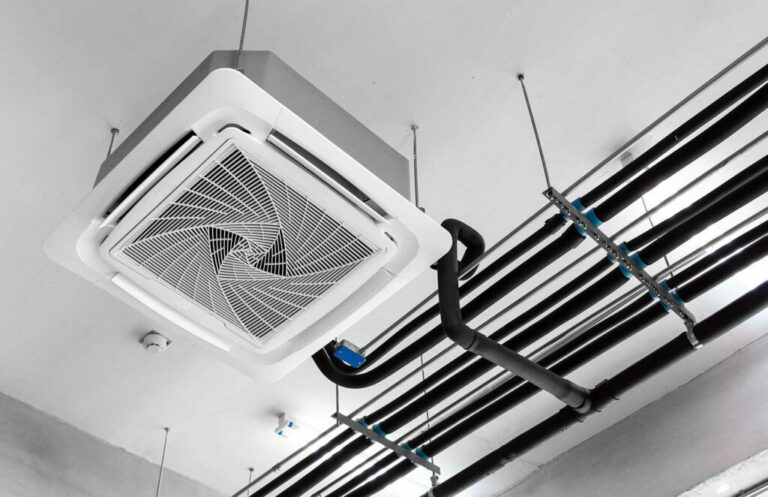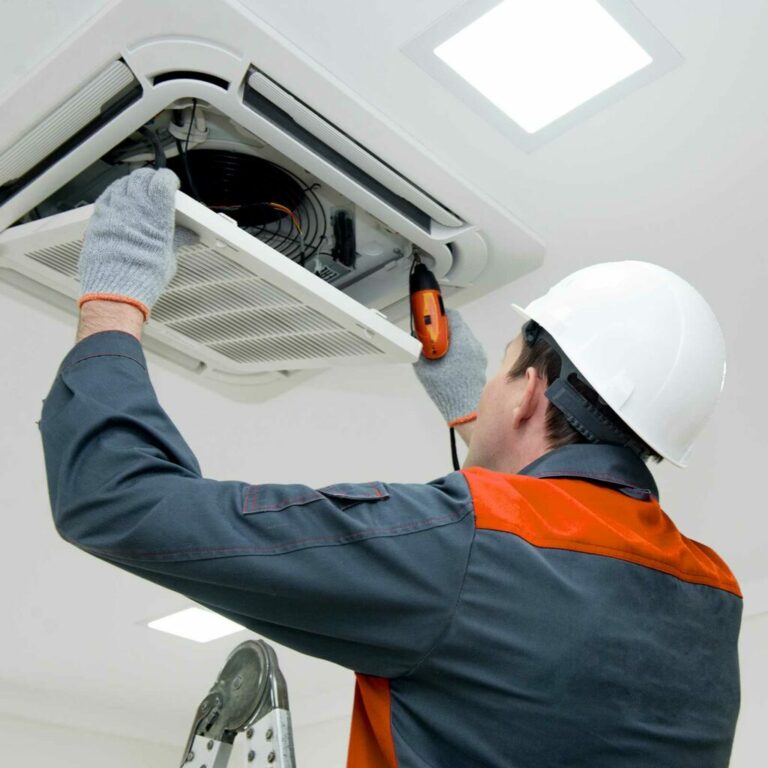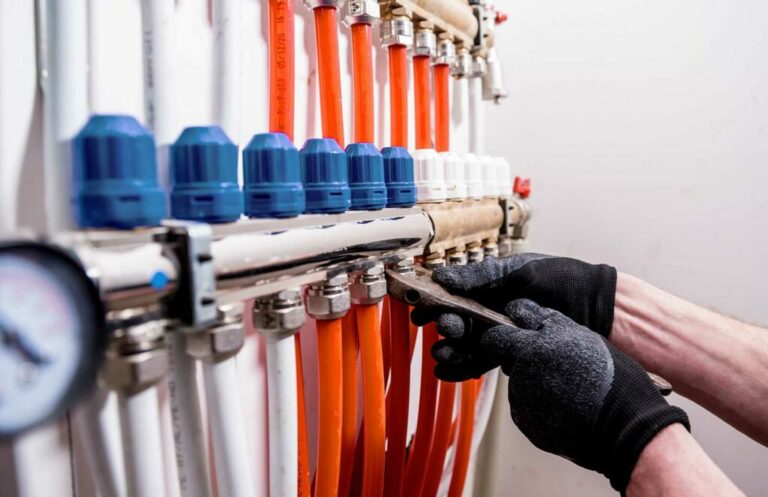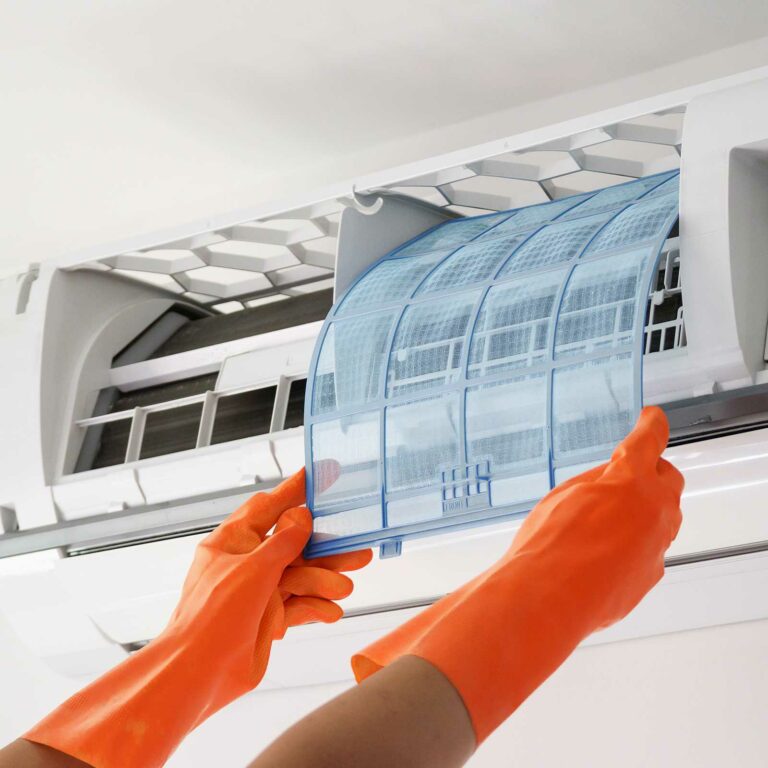Replacing an HVAC unit can seem like a daunting task, but understanding the process can help you prepare and ensure a smooth transition.
While the complexity of replacing an HVAC unit varies depending on several factors, having a clear overview of what to expect can make the process more manageable. Let’s explore the steps involved in replacing an HVAC or Boise air conditioning unit and the challenges you might encounter.
Assessing the Need for Replacement
The first step in replacing an HVAC unit is determining whether replacement is necessary. Several signs indicate it might be time for a new system:
- Age: Most HVAC systems last between 10 to 20 years. If your unit is nearing this age range, it might be time to consider a replacement.
- Frequent Repairs: If you find yourself frequently calling for repairs, replacing the unit may be more cost-effective in the long run.
- Increased Energy Bills: A significant increase in your energy bills can indicate that your HVAC system is no longer operating efficiently.
- Inconsistent Temperatures: Difficulty maintaining a consistent temperature in your home can be a sign that your HVAC system is struggling.
The Replacement Process
Replacing an HVAC unit involves several key steps, each requiring careful attention to ensure the new system operates efficiently and effectively.
- Evaluation and Sizing: A professional technician will evaluate your home’s heating and cooling needs to determine the appropriate size and type of HVAC unit. Proper sizing is crucial for efficiency and comfort.
- Selecting the Right Unit: Choosing the right HVAC unit involves considering factors such as energy efficiency, brand reputation, and specific features that meet your needs. Consulting with an HVAC professional can help you make an informed decision.
- Removing the Old Unit: The existing HVAC unit must be safely disconnected and removed. This step includes handling refrigerants and electrical components with care to prevent damage and ensure safety.
- Installing the New Unit: The new HVAC unit is installed, including connecting it to existing ductwork, electrical systems, and refrigerant lines. Proper installation is critical for the unit’s performance and longevity.
- Testing and Calibration: Once installed, the new unit must be thoroughly tested and calibrated. This step ensures the system operates correctly and efficiently, providing optimal comfort.
Challenges and Considerations
Replacing an HVAC unit can present several challenges, depending on the specific circumstances of your home and system.
- Complex Installation: If your home has an older or unique layout, installing the new unit may require additional modifications to ductwork or electrical systems.
- Cost: The cost of a new HVAC unit and installation can be significant. However, investing in a high-quality, energy-efficient system can result in long-term savings on energy bills and repairs.
- Downtime: The replacement process can take several hours to a few days, depending on the complexity of the installation. Planning for this downtime can help minimize disruption to your daily routine.
Conclusion
Replacing an HVAC unit involves several detailed steps and can present various challenges. However, with the help of professional HVAC technicians, the process can be managed smoothly and efficiently.
Ready to replace your HVAC or Boise air conditioning unit? Let the experts at Innovative Mechanical Solutions guide you through the process with ease. Contact us today to schedule a consultation and ensure a hassle-free HVAC replacement experience.






